Sustainability KPIs
According to Petra’s new Sustainability Framework pillars, the following non-financial KPIs are considered by management to be the most appropriate in terms of tracking Petra’s sustainability performance year-on-year.
These ESG measures make up 30% of the Group scorecard KPIs used to determine Exco and Senior Management performance for the award of bonuses.
Pillar 1: Valuing our people
Safety (Group LTIFR)
Lost time injury frequency rate per 200,000 hours worked
0.16-38%
0.29
20
0.44
21
0.22
22
0.24
23
0.16
24
Overview: In another year without a fatality, we achieved a significant decrease in the LTIFR owing to our emphasis on remedial actions and behaviour-based intervention programmes. This improvement occurred at a time when ramp up projects continued
Strategic relevance: The safety of our people is our foremost priority. It has an impact on our culture, our performance and our reputation.
Related material topic: Employee safety, health and wellness
SDG:
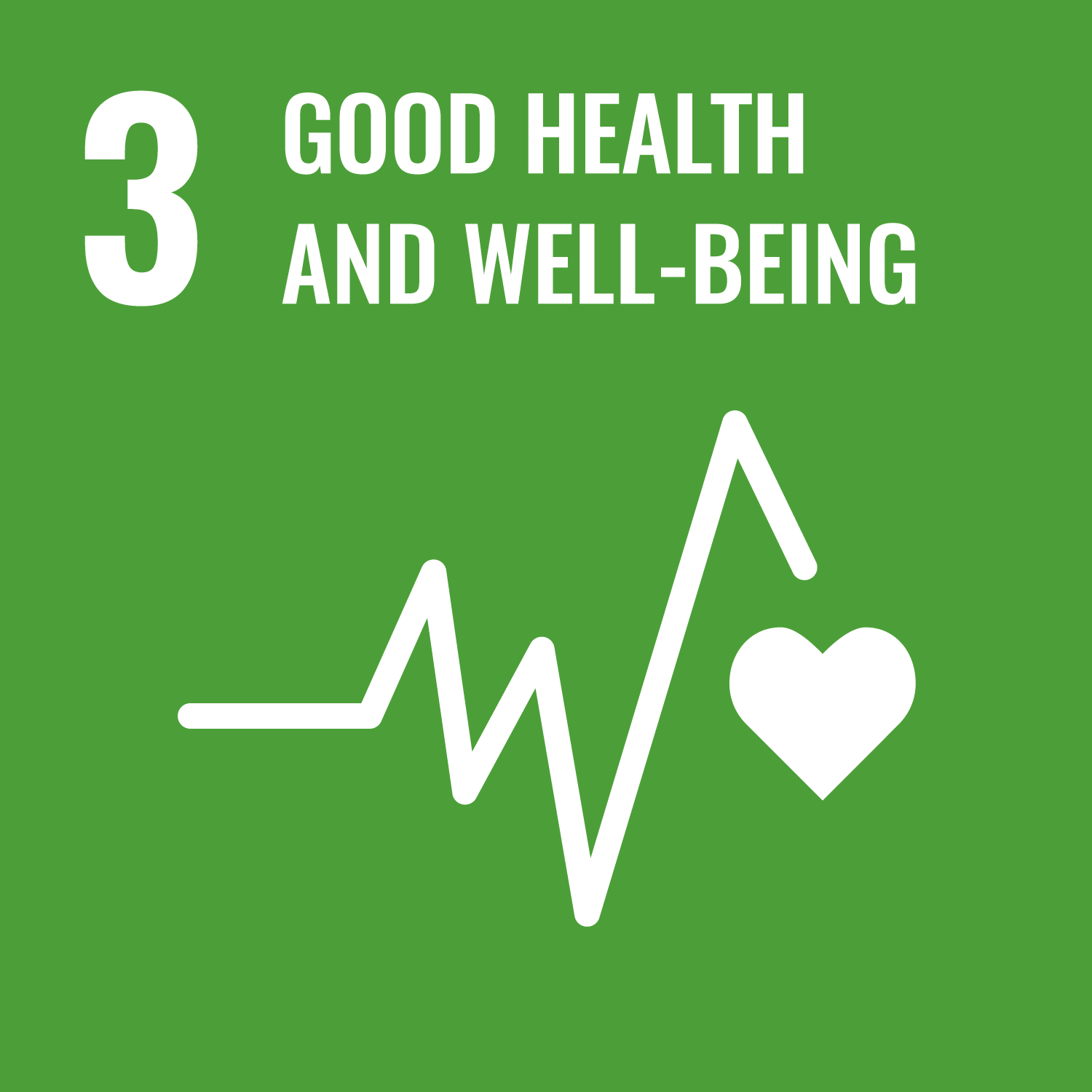
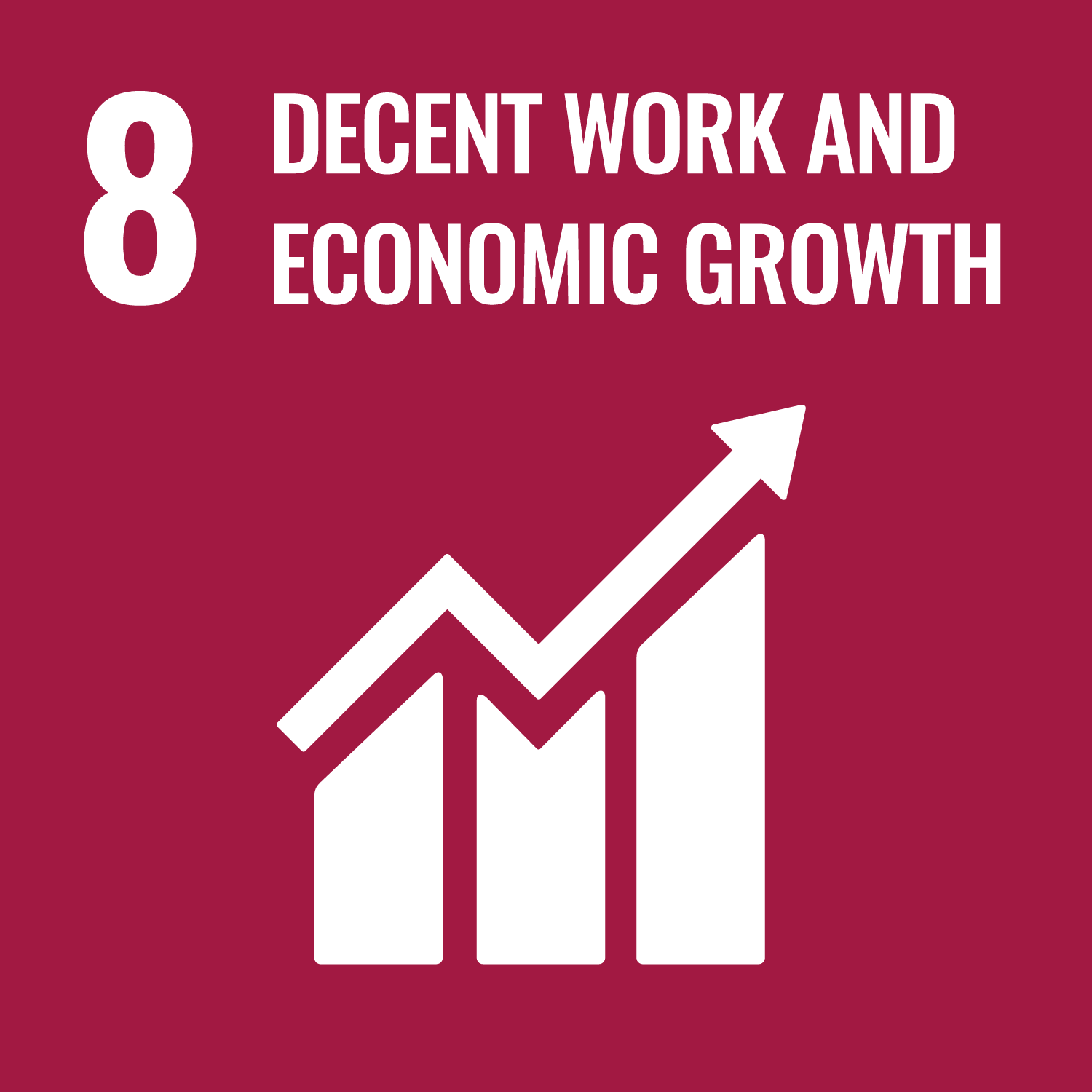
Women in the workforce (&)
The percentage of women in the workspace
22%3%
19
20
20
21
20
22
21
23
22
24
Overview: A diverse workforce improves performance, allows us to attract and retain top talent, strengthens employee satisfaction, and helps secure our social licence to operate. Women represent 32% of Petra’s Senior Management. We expect the recent restructuring to have an impact on our immediate diversity performance given that exits were based on a last-in, first-out principle.
Strategic relevance: A diverse workforce will improve performance, allow us to attract and retain top talent, strengthen employee satisfaction, and help secure our social licence to operate.
Related material topic: Diversity and inclusion; Employee development
SDG:

Training spend (US$ million)
Investment in employee training and development
4.2-16%
5.8
20
5.8
21
6.1
22
5.0
23
4.2
24
Overview: We rely on our employees’ talent, commitment and performance. Training is a critical driver of loyalty and enables employees to meet their and our objectives. Although we continued to invest in training and development, expenditures in FY 2024 decreased by 16% due to financial constraints and operational disruptions caused by restructuring at Finsch and our corporate office
Strategic relevance: We rely on our employees’ talent, commitment and performance. Training is a critical driver of loyalty and enables employees to meet their and our objectives.
Related material topic: Employee development
SDG:
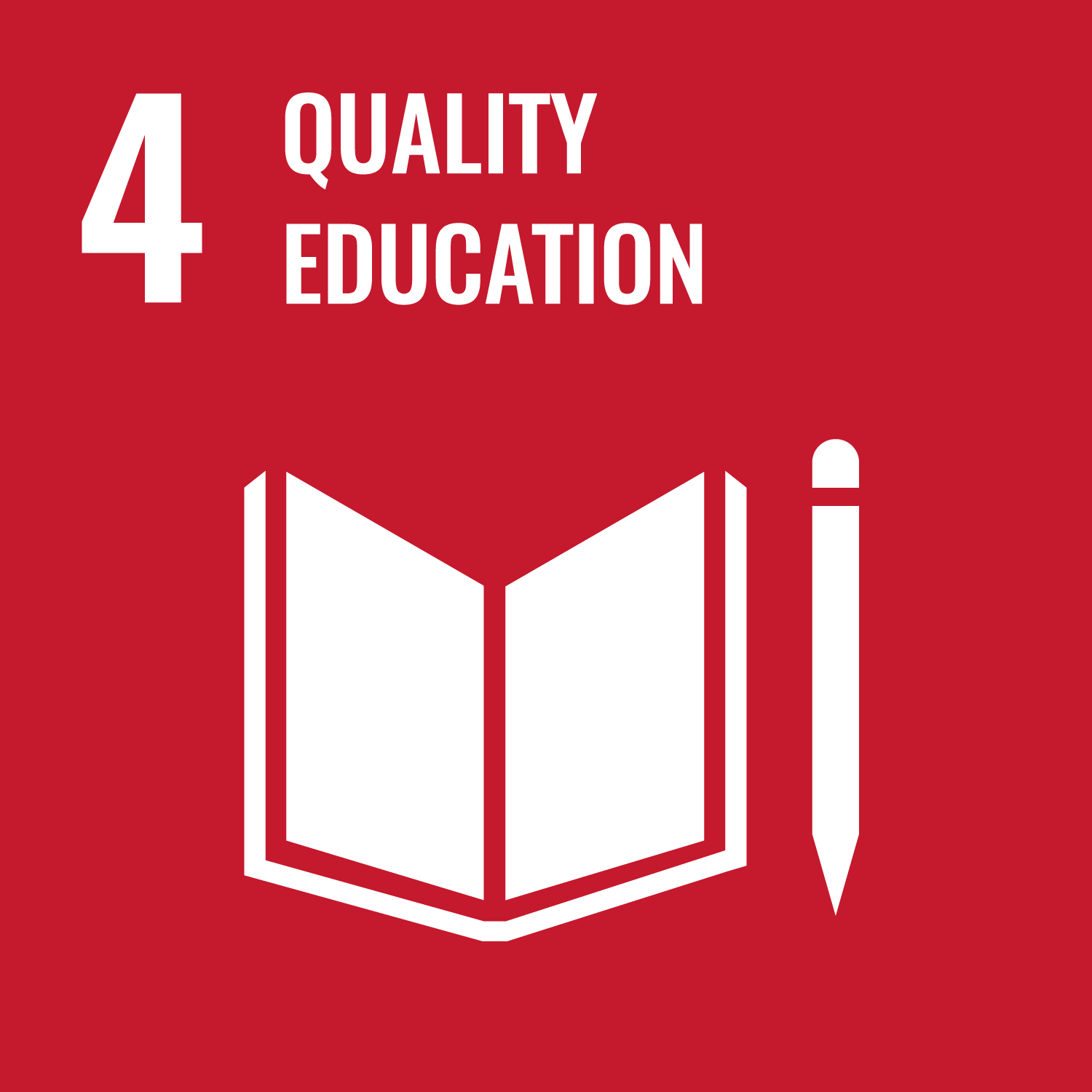
Pillar 2: Respecting our planet
Water efficiency (M3/T)
The total volume of fresh water used in production (ROM plus tailings) per tonne treated
0.7015%
0.97
20
0.55
21
1.00
22
0.61
23
0.70
24
Overview: Water is a scarce, shared natural resource that is critical to successful operation. Water scarcity will be exacerbated by climate change. We continue to focus on reducing our fresh water usage. In FY 2024, around 86% of our water consumption was recycled water (FY 2023: 88%).
Strategic relevance: Water is a scarce, shared natural resource that is critical for our successful operation. Water scarcity will be exacerbated by climate change.
Related material topic: Water management; Climate change
SDG:
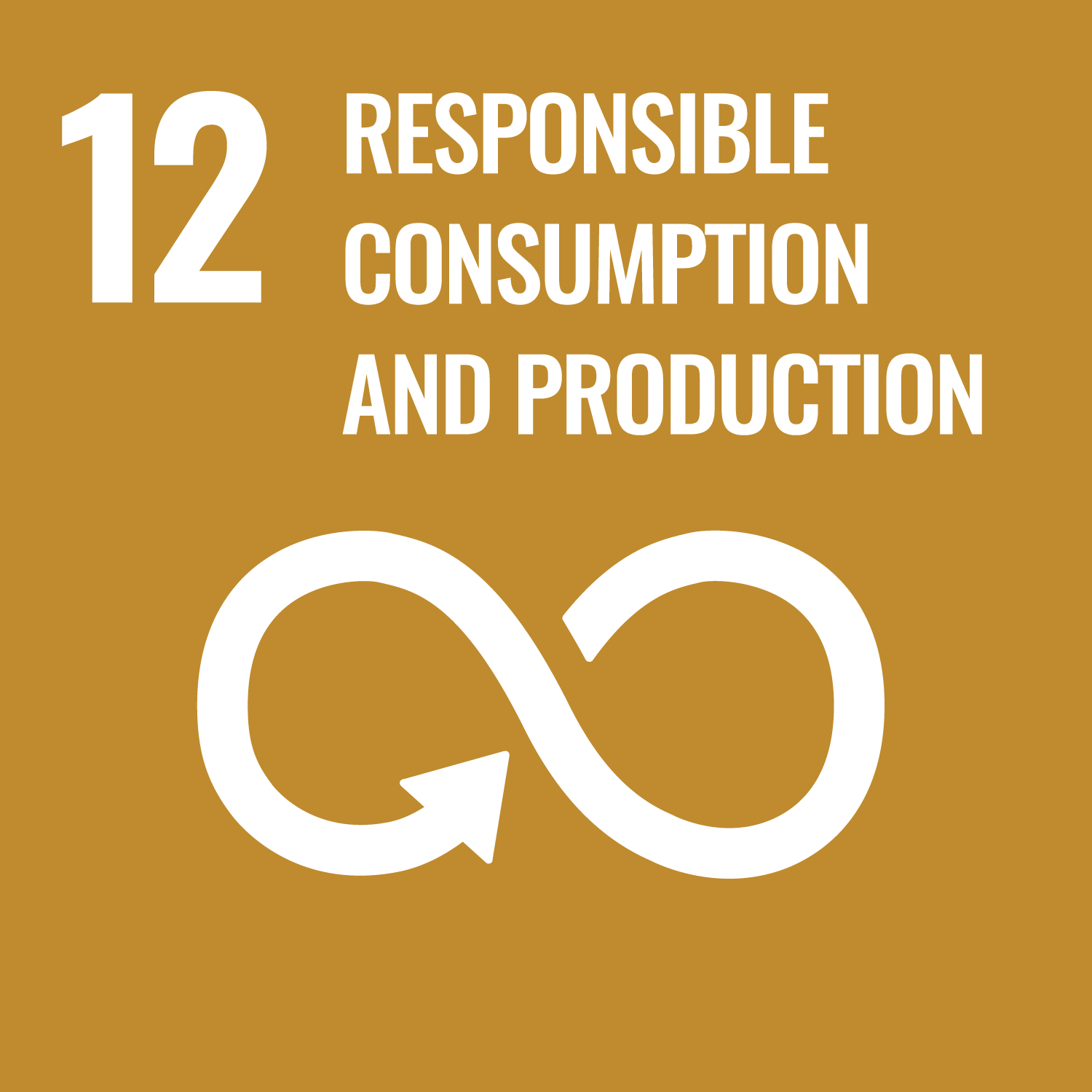
Energy efficiency (KWH/T)
Total electricity consumption as a function of production
34.73-11%
37.0
20
47.2
21
38.1
22
44.8
23
34.73
24
Overview: Energy security and costs are important factors in our success. Reducing our energy consumption and transitioning to renewable energy will reduce GHG emissions. Our total energy consumption increased by 3% in FY 2024. Most (80%) of our electricity is purchased from power utilities in South Africa and Tanzania. Almost all (87%) of our energy is currently from non-renewable sources, but this will decline following the finalisation of our contract to source at least 35% of our energy consumption in South Africa from renewable sources by 2026.
Strategic relevance: Energy security and costs are important factors in our success. Reducing our energy consumption also reduces our GHG emissions.
Related material topic: Climate change
SDG:

Carbon emissions (TCO2-E/CT)
Carbon emissions intensity for Scopes 1 and 2
0.16-3%
0.134
20
0.126
21
0.139
22
0.164
23
0.16
24
Overview: We rely on our employees’ talent, commitment and performance. Training is a critical driver of loyalty and enables employees to meet their and our objectives. Although we continued to invest in training and development, expenditures in FY 2024 decreased by 16% due to financial constraints and operational disruptions caused by restructuring at Finsch and our corporate office
Strategic relevance: We have committed to achieving net zero carbon emissions by 2050, although we aim to achieve this by 2040. This is in line with the global imperative under the Paris Agreement.
Related material topic: Climate change
SDG:

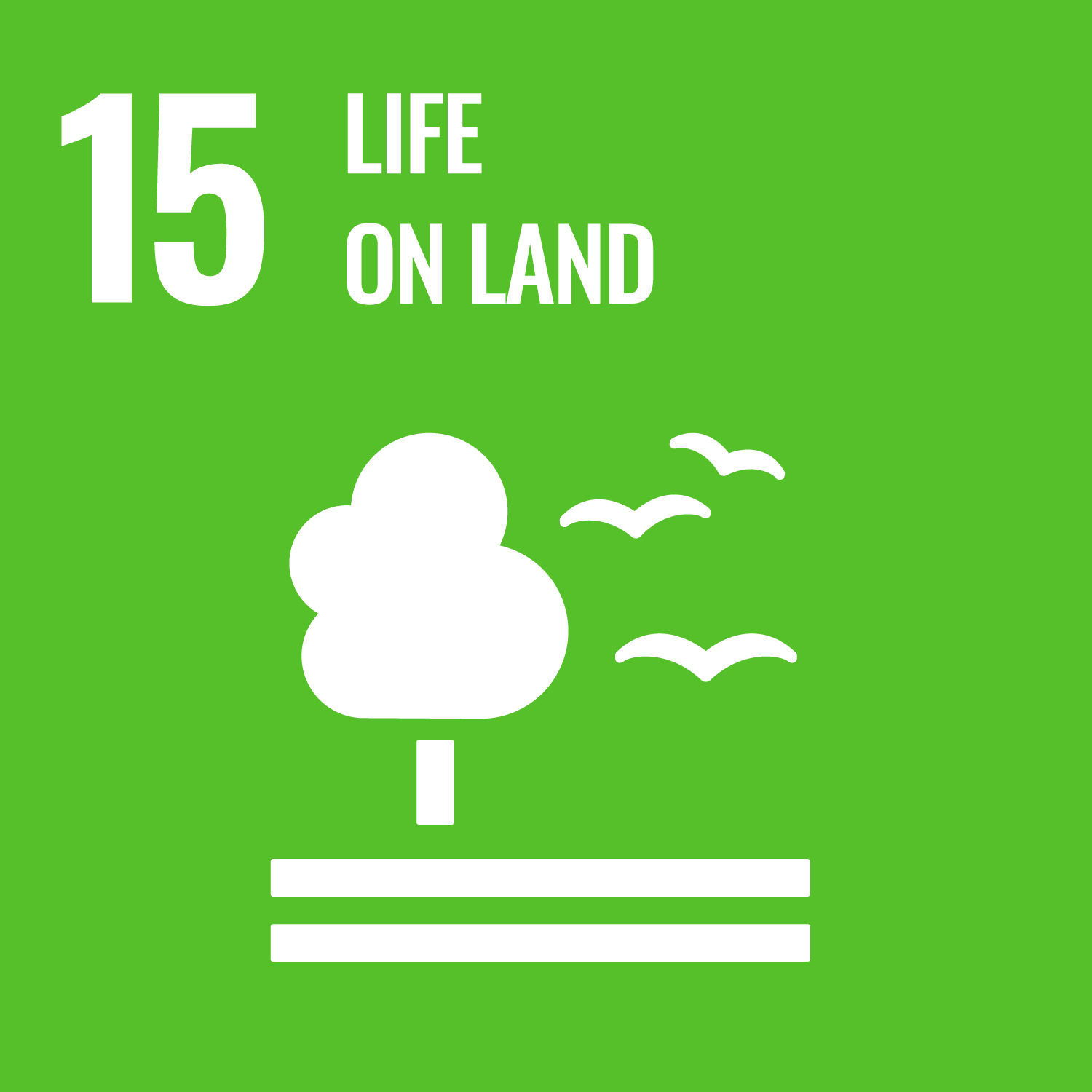
Pillar 3: Driving shared value partnerships
Social expenditure (US$m)
Total social expenditure (compulsory and discretionary) on local communities
1.5-47%
1.38
20
0.66
21
0.94
22
2.77
23
1.47
24
Overview: Petra aims to invest 1% of net profit after tax (NPAT), at an asset level, on social expenditure. Contributing to the development of communities based near our operations ensures legal compliance, promotes broad-based black economic empowerment (B-BBEE) and secures our social licence to operate. Social expenditure decreased in FY 2024 due in part to SLP4 approval delays and overall cost cutting across the business.
Strategic relevance: Social expenditure is directly related to compliance and our social licence to operate. We target social expenditure of 1% of net profit after tax (NPAT) at an asset level.
Related material topic: Community relations and social investment; Enterprise and supplier development
SDG:



Community training and development spend (US$ million)
Total community training spend
0.2-53%
0.5
20
0.3
21
0.4
22
0.43
23
0.20
24
Overview: We provide community training and development programmes to ensure that people in our host communities have the scarce skills our business requires. Our aim is to provide Petra with reliable and accessible skills while uplifting these communities socially and economically. Our investment in training was lower in FY 2024 due to the financial constraints our business faces and the internal restructuring process.
Strategic relevance: The skills we require are scarce in the communities surrounding our operations. Our community training and development programmes support our licence to operate through the social and economic upliftment of communities, and provide the Company with reliable and accessible skills needed in the business.
Related material topic: Community relations and social investment; Stakeholder engagement and management
SDG:



Discretionary Procurement spend (US$ million)
Total Group procurement spend
215.3-8%
185.3
20
84.7
21
138.4
22
233.6
23
215.3
24
Overview: Petra’s integrated supply chain aims to guarantee a reliable and cost-effective supply of goods and services to our operations. Additionally, our integrated supply chain allows us to contribute to host community economies through local procurement. In FY 2024, our local supplier procurement was 100% of total procurement in South Africa and 93% in Tanzania.
Strategic relevance: Our integrated supply chain approach supports the reliable and cost-effective supply of goods and services to our operations. At the same time we seek to enhance our licence to operate through a meaningful contribution to local economies.
Related material topic: Community relations and social investment; Enterprise and supplier development
SDG:


Pillar 4: Delivering reliable production
Group expenditure (US$ million)
Capital expenditure incurred by the operations, comprising expansion and sustaiing capex
84-28%
29
20
23
21
51
22
117
23
84
24
Overview: Our capital expenditure supports the maintenance of our operations and enables growth. In FY 2024, this comprised US$29 million (35%) sustaining Capex and US$55 million (65%) growth Capex. We have smoothed our capital profile to c.US$100 million per annum.
Strategic relevance: Our capital expenditure supports the maintenance of our operations and enables our growth.
Related material topic: All material topics
SDG:


Rough diamond production (MCTS)
The number of diamonds produced from Group operations
2.72%
3.3
20
3.2
21
3.3
22
2.7
23
2.7
24
Overview: Our rough diamond production targets are in line with our strategy and growth ambitions. Tonnes treated rose by 12% to 11.69Mt in FY 202
Strategic relevance: Production targets reflect our strategy and growth ambitions.
Related material topic: All material topics
SDG:
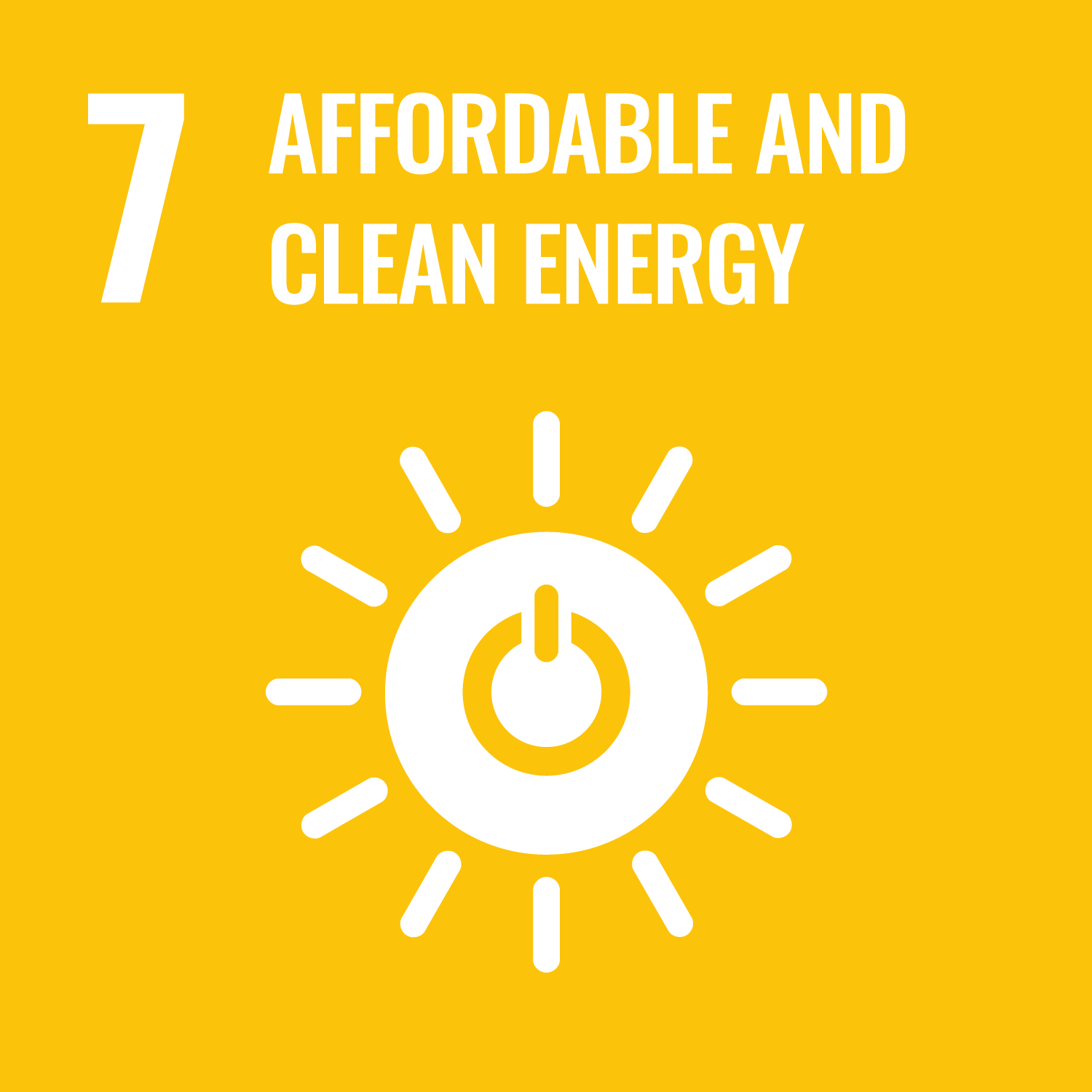


Revenue (US$ million)
Revenue earned from rough diamond sales and partnership stones
36711%
246
20
407
21
585
22
325
23
367
24
Overview: The average carat price reduced by 17% to US$116/ct. Average carat prices were impacted by the deferred sale of higher valued diamonds from FY 2023 to FY 2024. Petra’s revenue reflects our production targets and in-house sales and marketing capabilities. Revenue reflects proceeds from the sale of rough diamonds and excludes revenue from profit share arrangements.
Strategic relevance: Revenue is a reflection of our production targets, and our in-house sales and marketing capabilities.
Related material topic: All material topics
SDG:

